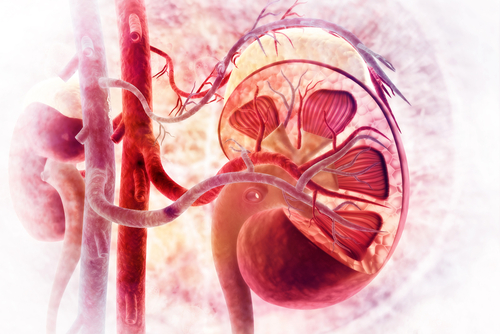GPA Patients with Ear, Nose, and Throat Symptoms Have Fewer Kidney Problems, Better Survival Rates, Study Finds
Written by |

Ear, nose, and throat symptoms in patients with granulomatosis with polyangiitis (GPA) are associated with better overall survival and fewer kidney problems, according to researchers.
The study, “Ear, nose and throat involvement in granulomatosis with polyangiitis: how it presents and how it determines disease severity and long-term outcomes,” was published in the journal Clinical Rheumatology.
The clinical symptoms of patients with GPA can be diverse, with symptoms manifesting in a variety of locations, including the upper respiratory tract, lungs, and kidneys, often at the same time.
Interestingly, ear, nose, and throat (ENT) manifestations represent the most frequent symptoms at the start of the disease. Previous studies have also shown that ENT involvement is associated with milder forms of GPA and a decreased risk of death.
Unfortunately, there is no consensus on the prevalence of ENT manifestations in GPA patients, mainly due to a lack of specificity regarding ENT symptoms. Therefore, Italian researchers conducted a study to determine the prevalence of head and neck manifestations at disease onset in GPA patients.
Researchers focused on identifying particular signs that could help physicians make an early diagnosis. They also analyzed the differences in terms of relapse rates, mortality, and disease severity in patients with GPA, both with and without ear, nose, and throat involvement.
A retrospective cohort study was conducted in patients diagnosed with GPA from 1996 to 2016 at two rheumatology centers in northern Italy.
At diagnosis, ear, nose, and throat symptoms were present in 71.9% of patients. These were the second most common type of symptoms reported. The first most common were systemic symptoms.
Patients with ENT symptoms tended to be significantly younger when diagosed with GPA, with less frequent renal (kidney) involvement, but significantly higher scores on the VDI (Vasculitis Damage Index). VDI is a measure of organ damage that has occurred in patients since the onset of vasculitis.
The most frequent ear, nose, and throat symptom tended to be sinonasal involvement, which was present in 58.4% of patients. Among them, 73% had nasal inflammation/chronic sinusitis, 48% had nasal crusting, and 34.8% had otologic (ear) involvement
As noted earlier, ENT-GPA patients had a higher survival rate at five years, with 98.1% survival compared to 77.7% in patients without ENT symptoms. Manifestation of ENT symptoms is an independent predictor of better outcome.
“ENT involvement is not only one of the key clinical features of GPA, but also could point out a milder GPA subset with lower renal involvement and lower mortality rate,” researchers said.





